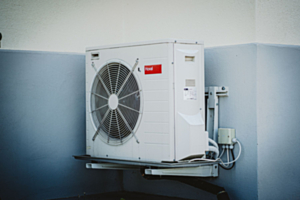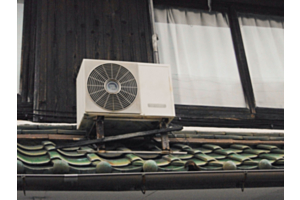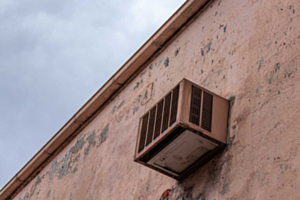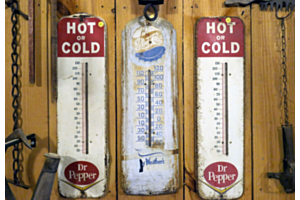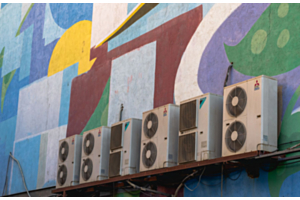Does a Mini Split Have to Be on an Exterior Wall?

Your home is a sweatbox. Before you go through one more hot summer day, you’d like to invest in a different air conditioning solution. That brings you to a ductless mini split system, which is appealing for a multitude of reasons. You’ve heard that mini splits can be very energy efficient, which could save you money on your monthly bills.
The problem is, you’re not sure where you’d put your mini split. Does it have to go on the exterior wall, or are your interior walls an option as well? Allow us to explain ahead!
Ductless mini split systems are not exclusively outdoors, nor are they exclusively indoors, either. As part of a system, the compressor of the mini split goes outside. The compressor, sometimes also referred to as the condenser, may sit in your backyard or side yard. Through several wires, including the electric line, the refrigerant line, and the drain line, the compressor connects to the indoor part of the ductless mini split system. This is known as the evaporator, or the indoor unit.
You can choose where you want the indoor unit as well as how many units. For instance, if your downstairs rooms feel relatively cool but the upstairs rooms are always hot, then you’d get indoor units for the upstairs bedroom, office, and the spare room.
As your mini split installation team sets up the indoor units, there’s no need to attach nor vent the mini splits through any exterior walls. Thus, even if parts of your home don’t have any windows, a ductless mini split system is still a viable solution for you.
Not only can homeowners benefit from the efficient heating and cooling a ductless mini split system can provide, but business owners can as well. Even if you thought your building’s exterior walls would prevent you from getting the kind of heating and cooling you need, since ductless mini splits don’t require an exterior wall for venting, your options just opened back up bigtime.
You’ll also appreciate the great temperature control offered through mini splits. Each indoor unit or evaporator has temperature controls that don’t necessarily have to match the temps of the other units. For example, let’s say your bedroom has a large window that lets in a lot of light. After noon, the room gets very hot. The upstairs office is warm too, but with different window positioning, this space never has temperature increases like the bedroom.
You could set the bedroom mini split temperature cooler than the upstairs office to combat the excess warmth in the former room. Both spaces will feel very comfortable, and you get the kind of centralized cooling you need per room.
If you’re interested in exploring your ductless mini split options for the home or a commercial building, why not call us at PowerSave AC today? We specialize in single-zone and multi-zone heating and cooling. We even offer financing and discounts per the number of units you buy. Give us a call at 1-877-297-6594.
Sources:
https://www.ajmadison.com/guides/air_conditioner/ductless-splits/


